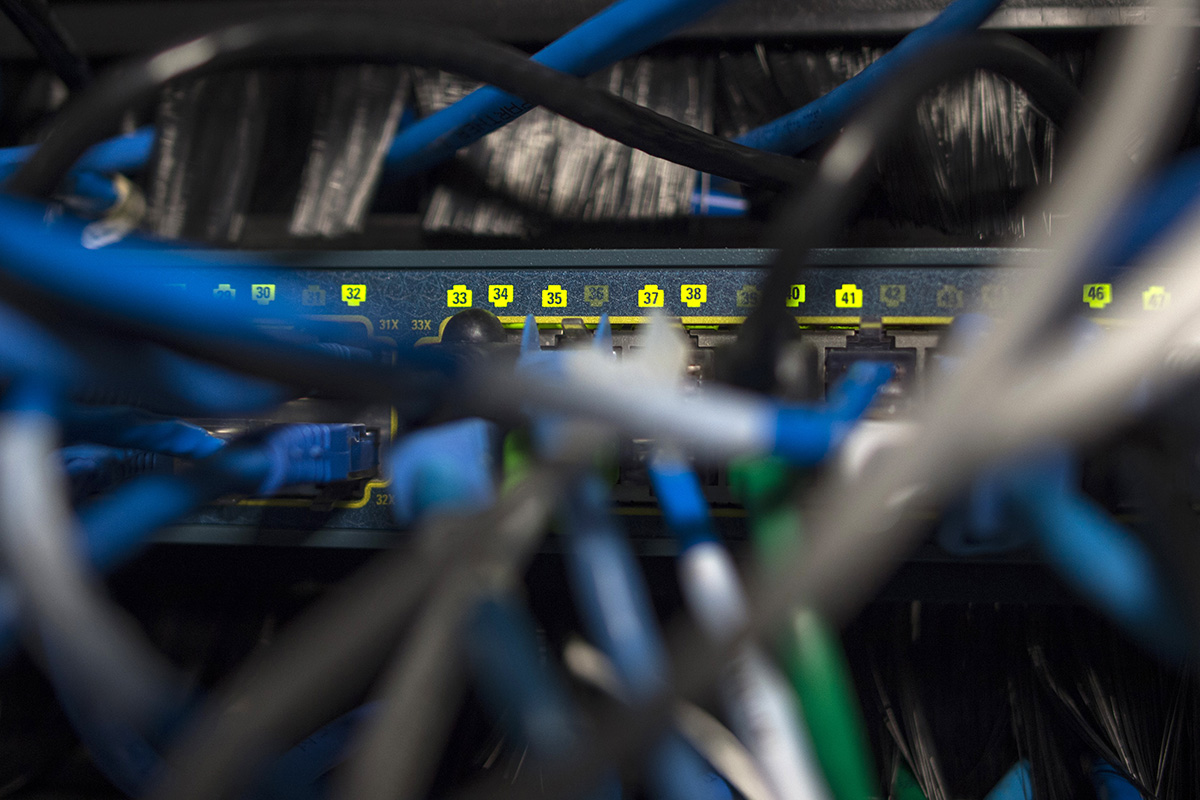Members of the Association of Southeast Asian Nations (ASEAN) form the sixth largest economy in the world valued at US$2.5 trillion with a population of almost 630 million – 40 percent of whom are below the age of 30. Studies have shown that those within this age bracket represent a key demography of the growing landscape of Southeast Asia’s digital economy. This group has managed to harness the power of the internet, utilising it for various day to day activities including banking, shopping, hailing rides and even dating.
Hence, Southeast Asia’s digital economy presents a huge number of opportunities for businesses looking to expand into the 21st century technology space. A study conducted in 2016 by AT Kearney revealed that ASEAN’s digital economy currently generates US$150 billion in revenues yearly – with the largest share coming from connectivity (35 percent) and online services (40 percent). It also states that the region shows no signs of slowing down.
Advances in new technology like blockchain, machine learning and smart networks and continued investments in the wider tech space, will pave the way for the creation of new industries and increased productivity, resulting in a boom for Southeast Asia’s digital economy. Recent forecasts suggest that this could mean ASEAN’s digital market could be worth in excess of US$200 billion by 2025.
How can businesses take advantage of this opportunity?
The most important criterion for businesses to ride this digital wave and reap its benefits is to not be resistant to change. With an ever-evolving technology landscape ahead, something relevant today may not be tomorrow. Businesses which are sensitive to this fact will fare better than those resistant to change.
Global management consulting and professional services company, Accenture released the results of its 2018 study surmising what it considers are the key trends in technology that are likely to disrupt businesses over the span of the next three years. The key trends include areas of artificial intelligence (AI), virtual and augmented reality, data accuracy and a digitalised business architecture.

Source: Accenture
“Technology is now firmly embedded throughout our everyday lives and is reshaping large parts of society,” said Paul Daugherty, Accenture’s Chief Technology and Innovation Officer.
“Just as cities developed around ports and then railroads, or people rebuilt their lives around electricity, the world today is reimagining itself around digital innovation – and, by extension, the companies that provide those services. This requires a new type of relationship, built on trust and the sharing of large amounts of personal information,” Daugherty added.
What the digital innovation entails is already all around us and is being practiced by some companies already. At the core of this action, is data and information.
Imagine two dimensions of data. On one dimension is the use of data which opens up opportunities for companies looking to either integrate technology within their current operational architecture or expand into new spaces within the digital industry. Here, the level of disruption is likely more direct. For example, companies can utilise geospatial big data to improve 3D renderings of virtual reality (VR) environments. Conversely, they can also use VR to improve data visualisation. In terms of redesigning legacy business architectures, the use of AI can help eradicate instances of human errors and improve overall operational efficiency.
On the other hand, is the safeguarding of access and utilisation of data and ensuring it isn’t manipulated or corrupted in any way or form. Machine learning and other data mining tools are critical here to sift through large swathes of data. They can then be integrated with AI to ensure that the data mined, passes through a bias test and cannot be corrupted to the whims of any one entity. The legitimacy of data is integral when used to improve existing technologies or to create new ones.
Technology disruption and fledgling business opportunities are aplenty within these two dimensions. Whether it is for the benefit of a firm looking to modernise operations or a startup looking to delve into a sea of new ventures, there is always an opportunity for companies to ride this 21st century technology wave. The will do so is entirely up to them.
Recommended stories:
